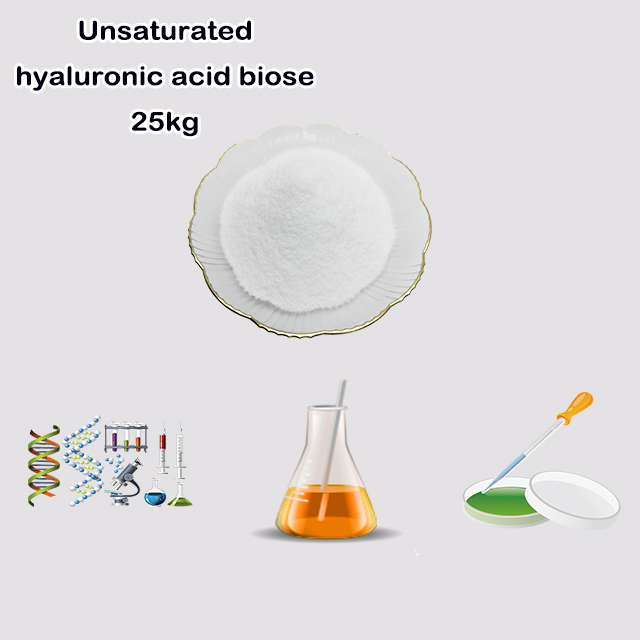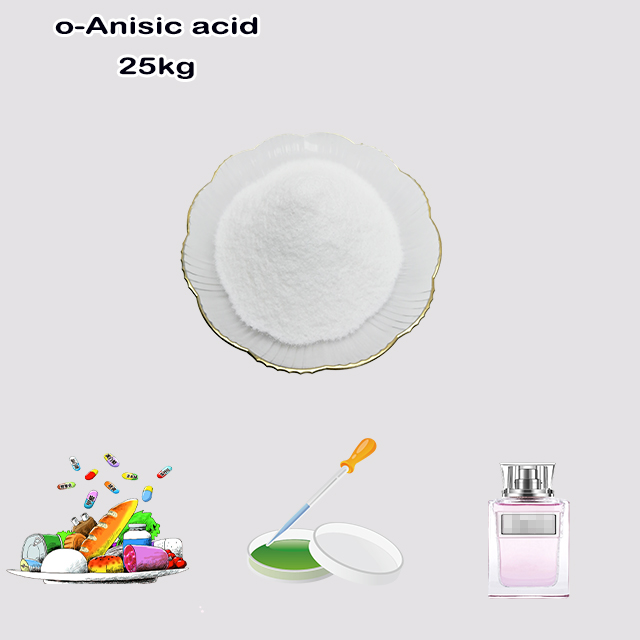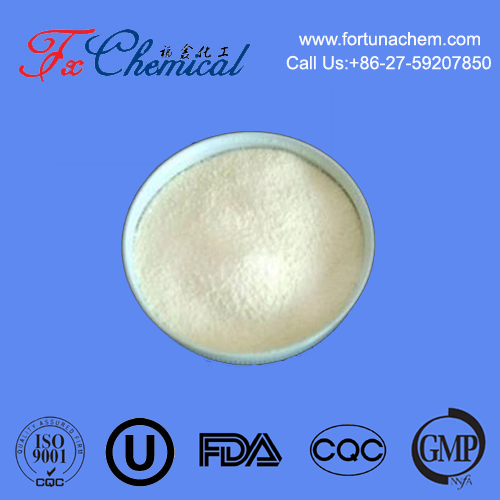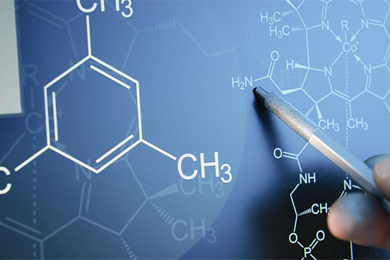
Search

Search

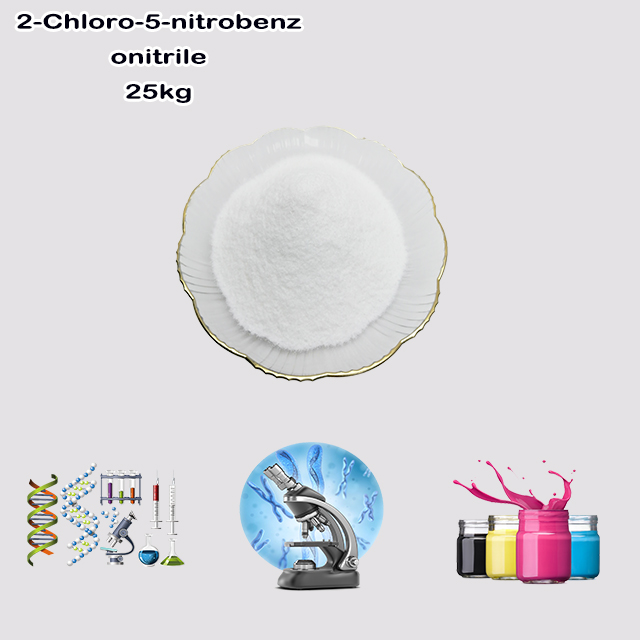


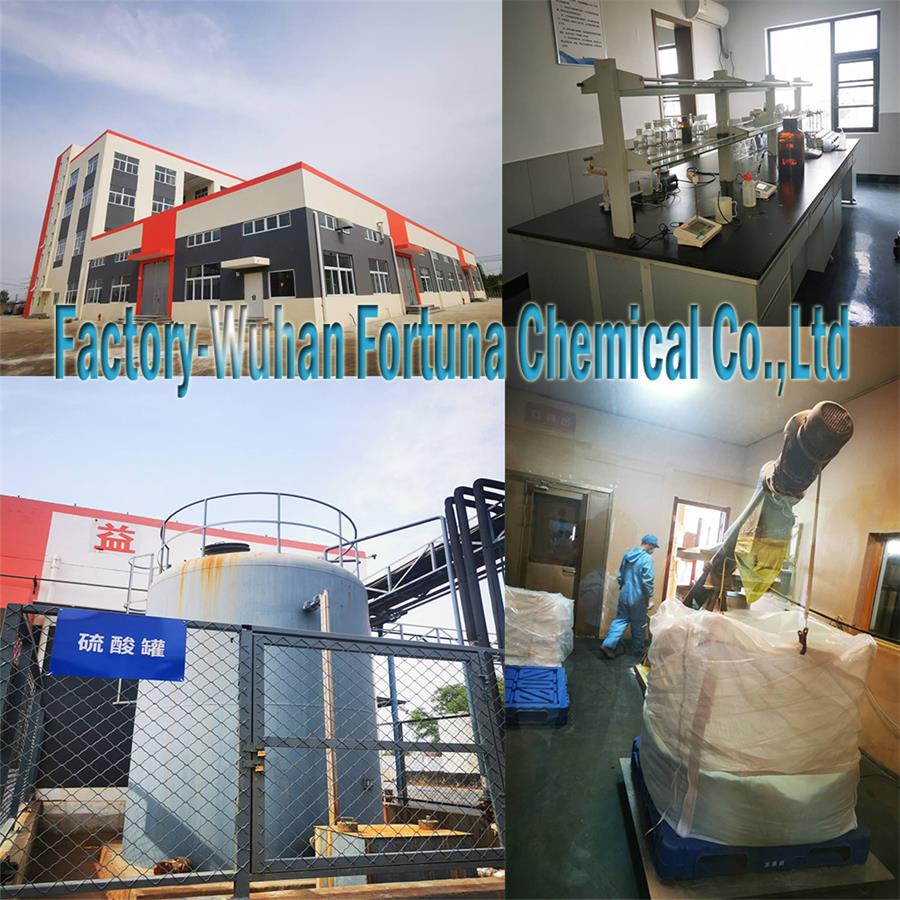






Basic Information
Chemical formula: C₇H₃ClN₂O₂
Molecular weight: 182.56 g/mol
CAS: 16588-02-6
Synonyms: 1-Chloro-2-cyano-4-nitrobenzene, 6-chloro-3-nitrobenzonitrile, etc.
Physical Properties
Appearance: Usually a white crystalline solid, sometimes slightly yellow.
Melting point: 105-107℃
Boiling point: 300.3℃ (760 mmHg)
Flash point: 135.4℃
Density: 1.479 g/cm³
Chemical Properties: It is stable under normal temperature and pressure. However, due to the presence of chlorine, nitro and cyano groups in its molecular structure, it can undergo substitution reactions, reduction reactions and other chemical reactions under certain conditions.
Use: It is mainly used as an intermediate for dyes, such as an important intermediate for the synthesis of disperse red S-FL.
Safety Information: It is a hazardous chemical, irritating to the skin and eyes, and harmful if swallowed, in contact with the skin or inhaled. The GHS hazard classification includes skin irritation, eye irritation, etc. When using it, appropriate protective measures should be taken, such as wearing gloves and protective glasses.
2-Chloro-5-nitrobenzonitrile is an organic compound belonging to a class of chemicals known as substituted benzonitriles. It is primarily used as a key building block or intermediate in the synthesis of more complex molecules, particularly in the pharmaceutical and agrochemical industries.
The name tells you everything about its molecular structure, which is based on a benzene ring. Let's break it down:
Benzonitrile: This is the core structure—a benzene ring (a 6-membered carbon ring) attached to a nitrile group (-C≡N). By convention, the carbon of the -C≡N group is considered position 1 on the ring.
2-Chloro: This means a chlorine atom (Cl) is attached to the carbon at position 2 on the ring (ortho position relative to the nitrile group).
5-Nitro: This means a nitro group (-NO₂) is attached to the carbon at position 5 on the ring.
Molecular Formula: C₇H₃ClN₂O₂
CAS Number: 16588-42-0
Appearance: Typically a light yellow to beige crystalline powder.
Key Functional Groups:
Nitrile (-C≡N): A polar group that influences the electron density of the ring and can be converted into other functional groups like carboxylic acids or amides.
Chloro (-Cl): A good "leaving group" that can be easily displaced in substitution reactions, especially nucleophilic aromatic substitution.
Nitro (-NO₂): A strongly electron-withdrawing group. This is crucial because it makes the aromatic ring especially electron-deficient. This activates the ring and positions ortho and para to itself (like positions 2 and 6) for nucleophilic attack.
The Synergistic Effect: The presence of both the strongly electron-withdrawing nitro group and the chloro leaving group on the same aromatic ring makes this molecule highly reactive towards nucleophiles. The nitro group at position 5 strongly activates positions 2 and 6 (where the chlorine is at position 2) for nucleophilic aromatic substitution.
2-Chloro-5-nitrobenzonitrile is almost exclusively used as a chemical intermediate. Its value lies in its ability to act as a scaffold for building more complex structures.
Pharmaceuticals: It is a key starting material for synthesizing various active pharmaceutical ingredients (APIs). For example, it has been used in the research and development of drugs with potential anti-cancer, anti-inflammatory, or antimicrobial properties.
Agrochemicals: It is used to create herbicides, fungicides, and insecticides. The specific substitution pattern allows chemists to create molecules that interact with biological targets in pests or weeds.
Materials Science: It can be used in the synthesis of dyes, pigments, and advanced polymers.
The most important reaction for this compound is Nucleophilic Aromatic Substitution (SNAr).
Reaction with Amines: The chlorine atom can be readily replaced by various amines (e.g., R-NH₂) to form substituted anilines. This is a very common way to create carbon-nitrogen bonds for drug discovery.
2-Chloro-5-nitrobenzonitrile + R-NH₂ → 2-Amino-5-nitrobenzonitrile derivative
Reaction with Alcohols/Phenols: It can react with alkoxides or phenoxides to form ethers.
Reduction of the Nitro Group: The -NO₂ group can be reduced to an amine (-NH₂) using reagents like iron/HCl or catalytic hydrogenation, creating a diamine compound, which is another valuable intermediate.
Hydrolysis of the Nitrile: The -C≡N group can be hydrolyzed to a carboxylic acid (-COOH) under acidic or basic conditions.
In essence, 2-Chloro-5-nitrobenzonitrile is a versatile and highly useful chemical building block. Its carefully designed structure, featuring three different reactive sites (Cl, NO₂, CN), allows synthetic chemists to use it as a starting point to create a wide array of complex and functional molecules for medicine, agriculture, and materials science.
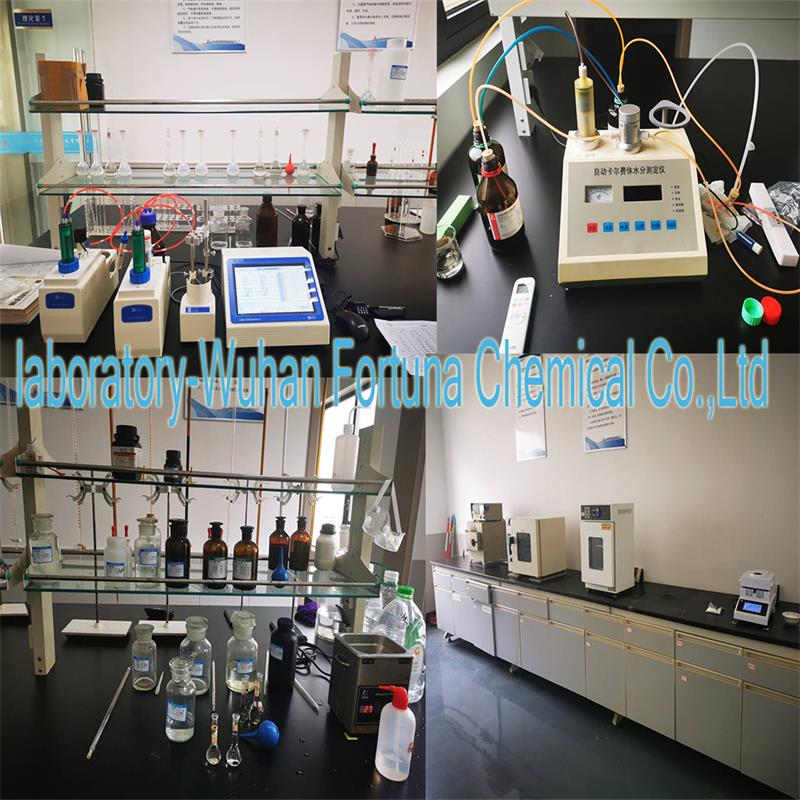

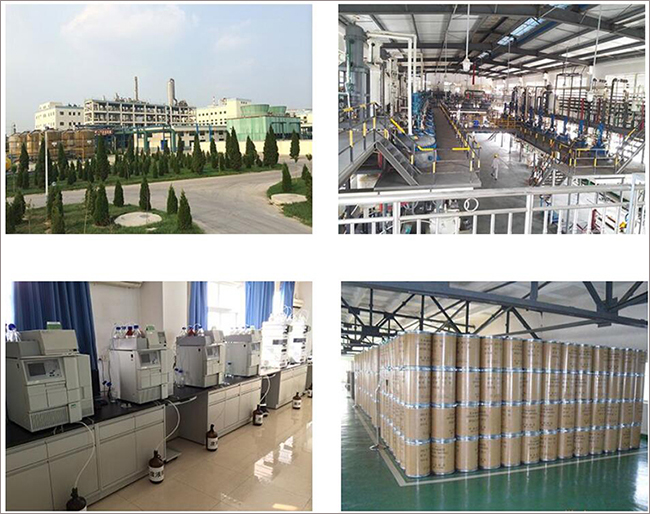

Fortunachem Provides Not Only Professional Chemical Products But Also Professional Help
Keeping you up-to-date with all the latest information, news, and events about Fortunachem!

Quick Links
Add:
E-mail:
 English
English  Español
Español  français
français  العربية
العربية 